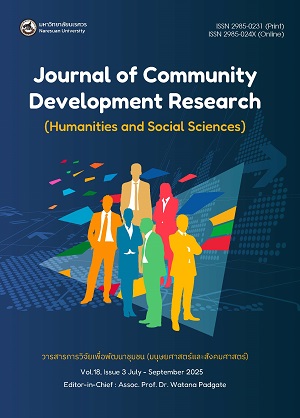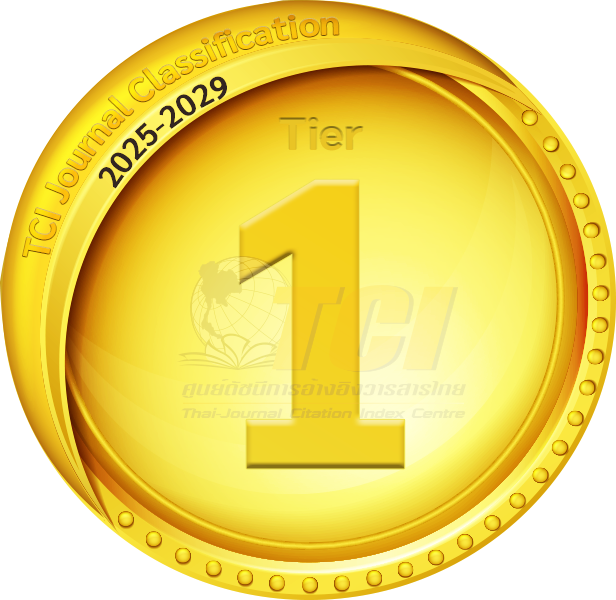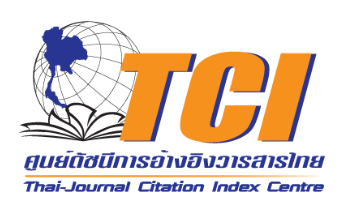Transmission and Renewal Strategies for the Ornamental Art Characteristics of Traditional Residential Houses in the Chaohu Region from the Perspective of Regional Culture
DOI:
https://doi.org/10.69650/jcdrhs.2025.939Keywords:
Chaohu Lake Region, Regional Culture, Traditional Residential Ornamentation, Heritage Conservation, Sustainable Cultural DevelopmentAbstract
This study focuses on Changlinhe Ancient Town in the Chaohu region, examining the transmission and renewal strategies of traditional residential ornamental art. Employing a mixed-methods approach—including field investigations, interviews, and questionnaires—it explores how decorative symbolic motifs convey regional identity, cultural memory, and aesthetic values. The findings reveal that urbanization and design homogenization pose significant threats to the integrity of this heritage. In response, the study proposes a four-dimensional renewal framework encompassing streetscape continuity, functional adaptability, ornamental reinterpretation, and cultural narrative integration. This framework transcends conventional preservation models by combining regional cultural symbols with adaptive reuse strategies, aiming to resolve the tension between heritage authenticity and urban development. It highlights the potential of ornamental patterns as active carriers of cultural transmission and offers context-sensitive strategies for the sustainable conservation of vernacular architecture. The research not only enriches the theoretical discourse on heritage preservation but also provides practical insights for culturally embedded design interventions in rapidly transforming traditional settlements.
References
Chenghong, Z., Xin, S., Yi, T., Houlai, M., Xinyang, X., & Xiaohui, L. (2020). Research on the Characteristics of Traditional Folk Houses in Jianghuai. Anhui Architecture, 27(1), 70–71, 168. https://doi.org/10.16330/j.cnki.1007-7359.2020.01.023
Di, C., Shaoran, Z., & Linxing, W. (2018). Protection and Renewal of General Ancient Towns in Historical and Cultural Cities—Taking Nanjing Tangquan Ancient Town as an Example. In Sharing and Quality—Proceedings of the 2018 China Urban Planning Annual Conference (02 Urban Renewal), Hangzhou, Zhejiang, China, November 24, 2018 (pp. 1841-1850). China: China Urban Planning Society, Hangzhou Municipal People’s Government. Retrieved from http://61.181.120.82:8081/kcms/detail/detail.aspx?filename=
ZHCG201811002176&dbcode=CPFD&dbname=CPFD2019
Di, L. (2022). A Brief Discussion on Release Restoration: A Way to Realize the Value of Immovable Cultural heritage. New Construction, (6), 50–56. https://doi.org/10.12069/j.na.202206050
Hui, Y. (2021). Research on the Development of Characteristic Ancient Towns Based on the Perspective of Community Participation—Taking Langzhong Ancient Town as an Example. Tourism Overview, (19), 158–160. https://doi.org/10.3969/j.issn.1004-3292.2021.19.049
International Council on Monuments and Sites (ICOMOS). (1964). International Charter for the Conservation and Restoration of Monuments and Sites (The Venice Charter). In 2nd International Congress of Architects and Technicians of Historic Monuments, Venice, Italy. Retrieved from https://www.icomos.org/charters-and-doctrinal-texts/
Jiang, L. (2006). Cultural Evolution and Value Collision in Urban Historic Heritage Conservation: Tension among Aesthetic Modrnity, Instrumental Reason and Tradition (Doctoral Dissertation). Tongji University, China.
Jifei, F. (2017). Research on the Regeneration Design Strategy of Chongqing Historical and Cultural Blocks—Taking the Reconstruction of Chongqing Huangjuya Old Street as an Example (Master’s Thesis). Sichuan Fine Arts Institute, Chongqing, China. Retrieved from https://d.wanfangdata.com.cn/thesis/D01330337
Liyan, F. (2019). Exploring the Sustainable Development Approach of Tourism in Ningbo Cicheng Ancient Town. Modern Business, (5), 96–97. https://doi.org/10.14097/j.cnki.5392/2019.05.048
PUBLICOMOS. (1994). The Nara Document on Authenticity. In Nara Conference on Authenticity in Relation to the World Heritage Convention, Nara, Japan, November 1-6, 1994 (pp. 118-121). Retrieved from https://publ.icomos.org/publicomos/technica/2F347E381BE10CFAF370B3D3A9453C91
Qi, T., Xianwei, W., & Taocheng, L. (2024). Study on Community Participation Strategies for Heritage Protection in Atypical Historical Blocks: A Case Study of Lingjiang Community in Shuitu Old Street, Chongqing. Famous Cities in China, 38(10), 31–38. https://doi.org/10.19924/j.cnki.1674-4144.2024.010.005
Simin, C., & Xinwen, H. (2022). Study on the Application Value and Sustainability of Traditional Materials in the Construction of Rural Dwellings: Taking the Dwellings in Shaxi Ancient Town as an Example. Furniture and Interior Decoration, 29(7), 126–129. https://doi.org/10.16771/j.cn43-1247/ts.2022.07.021
Song, Z. (2021). Concepts and Paths for Building a Mechanism for the Protection and Inheritance of Urban Living Heritage: Experience and Challenges in the Practice of Protecting Shanghai’s Historical Features. Journal of Urban Planning, (6), 100–108. https://doi.org/10.16361/j.upf.202106013
Tingting, N., & Huanlian, T. (2021). Analysis of the Architectural Features of Traditional Residential Buildings in the Chaohu Lake Area: Taking the Former Residences of Celebrities as an Example. Urban Architectural Space, (8), 121–124, 126. https://doi.org/10.3969/j.issn.1006-6659.2021.08.032
Zaihui, Z. (2021). The Evolution Mechanism and Inheritance Strategy of the Cultural Context of Historical Towns in the Hexi Corridor (Doctoral Dissertation). Xi’an University of Architecture and Technology, China. https://doi.org/10.27393/d.cnki.gxazu.2021.001495
Downloads
Published
How to Cite
Issue
Section
License
Copyright (c) 2025 Journal of Community Development Research (Humanities and Social Sciences)

This work is licensed under a Creative Commons Attribution 4.0 International License.









